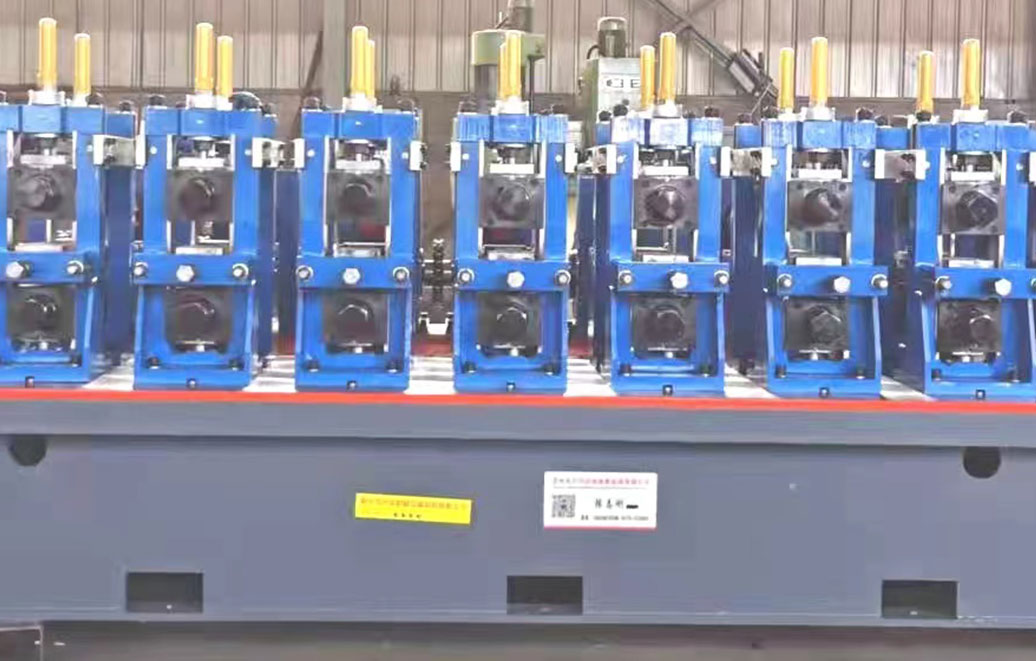rolling shutter making machine
Understanding Rolling Shutter Making Machines
The rolling shutter making machine is an essential piece of equipment in the manufacturing of rolling shutters, which are widely used in both residential and commercial properties for safety, security, and aesthetic purposes. Rolling shutters, often referred to as roll-down shutters, are designed to roll up or down over doorways, windows, and other openings. They provide a robust barrier against theft, harsh weather, and noise, making them popular in various sectors. The efficiency and quality of these shutters largely depend on the precision and capabilities of the machines used in their production.
The Importance of Rolling Shutter Making Machines
The demand for rolling shutters has surged in recent years due to rising concerns about security and energy efficiency. As this demand grows, manufacturers are increasingly focused on optimizing their production processes. A rolling shutter making machine enables businesses to automate the manufacturing process, leading to increased efficiency, reduced labor costs, and improved consistency in product quality.
These machines are designed to handle various materials, including aluminum, steel, and PVC, allowing manufacturers to cater to different market needs. The versatility of rolling shutter making machines helps companies produce a range of shutter types, from lightweight residential shutters to heavy-duty industrial configurations.
Key Features of Rolling Shutter Making Machines
Modern rolling shutter making machines are equipped with advanced features that enhance their performance
. Some of the key attributes include1. Computer Numerical Control (CNC) Most contemporary machines utilize CNC technology for enhanced precision. This allows for accurate measurements and automated adjustments, ensuring that every shutter component is manufactured to exact specifications.
rolling shutter making machine

2. Speed and Efficiency High-speed production capabilities allow manufacturers to meet large order volumes. Many machines can produce shutters at an impressive rate, significantly reducing production time and increasing overall output.
3. Customization Rolling shutter making machines often come with customizable settings, enabling manufacturers to modify the size, shape, and material of the shutters. This flexibility is crucial for fulfilling unique customer requirements.
4. User-Friendly Interface Many machines feature intuitive control panels, making it easier for operators to manage the production process. Training staff to operate these machines becomes less cumbersome, thus ensuring a smoother workflow.
5. Durability and Maintenance High-quality materials are used in the construction of these machines, ensuring longevity and sustained performance. Additionally, many manufacturers incorporate features that simplify maintenance, ensuring that machines remain operational with minimal downtime.
Environmental Considerations
As industries worldwide strive toward sustainability, rolling shutter making machines are also evolving. Manufacturers are increasingly adopting eco-friendly practices, such as utilizing recycled materials and minimizing waste during production. Innovations in technology have led to the development of machines that operate with greater energy efficiency. Thus, businesses can meet both their production goals and environmental responsibilities.
Conclusion
The rolling shutter making machine is a vital tool in the fabrication of rolling shutters, combining precision engineering with the latest technology to meet the diverse needs of the market. As security concerns continue to grow, these machines will play an essential role in the production of durable, efficient, and visually appealing shutters. By investing in advanced rolling shutter making machines, manufacturers not only improve their production capabilities but also enhance their ability to adapt to changing market demands. Ultimately, the quality of the machines directly influences the quality of the final product, leading to satisfied customers and successful businesses in the long term.
-
High Frequency Straight Seam Welded Pipe Production Line-BzZhou Xinghua Machinery Equipment Manufacturing Co., LTD.|Precision Welding, High EfficiencyNewsJul.30,2025
-
High Frequency Straight Seam Welded Pipe Production Line|BzZhou Xinghua|Precision Welding&EfficiencyNewsJul.30,2025
-
High Frequency Straight Seam Welded Pipe Production Line - BzZhou Xinghua|Precision Engineering&EfficiencyNewsJul.30,2025
-
High-Frequency Straight Seam Welded Pipe Production Line-BzZhou Xinghua Machinery Equipment Manufacturing Co., LTD.NewsJul.30,2025
-
High-Frequency Straight Seam Welded Pipe Production Line-BzZhou Xinghua Machinery Equipment Manufacturing Co., LTD.|Precision Manufacturing, High EfficiencyNewsJul.30,2025
-
High Frequency Straight Seam Welded Pipe Production Line-BzZhou Xinghua Machinery Equipment Manufacturing Co., LTD.|Precision Steel Pipe Manufacturing&Industrial EfficiencyNewsJul.29,2025


